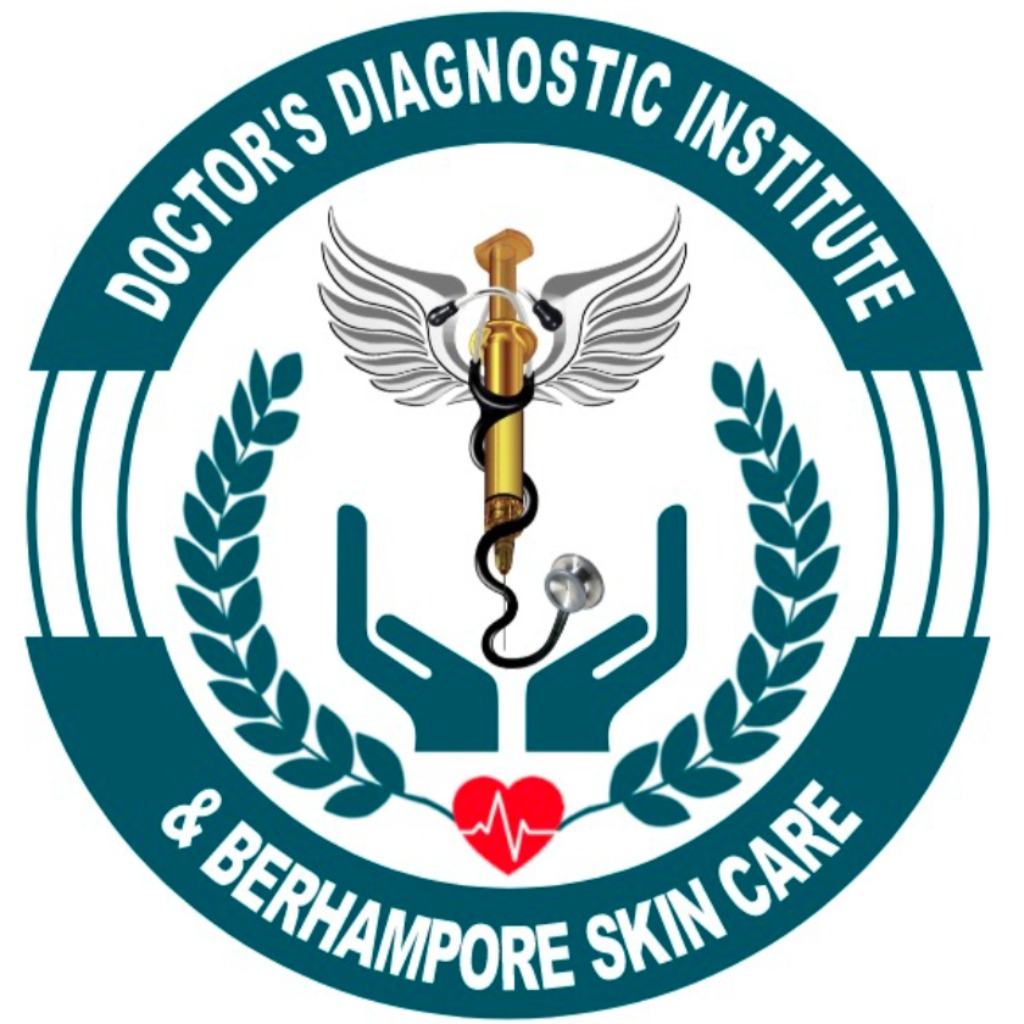Curious about allergies and how they’re diagnosed? A comprehensive allergy test might be the solution you need. This guide explains what this test involves and how it can help you better manage allergies. From understanding the basics to interpreting the results, you’ll find everything you need to know right here.
Understanding Allergies: The Basics
Allergies occur when your immune system mistakenly reacts to harmless substances as if they were threats. These substances, known as allergens, can be anything from pollen, dust mites, animal dander, food, or even insect stings. When exposed, the immune system releases chemicals like histamines, causing symptoms such as sneezing, itching, or swelling.
Living with allergies can be challenging. It impacts daily activities and overall quality of life. Imagine constantly stopping to sneeze or dealing with itchy eyes during your day. Allergies can also make you feel tired and affect your concentration, making even simple tasks feel exhausting. The immune system’s overreaction to allergens is both unpredictable and unique to each individual, which is why identifying your specific triggers is key to effective management.
The Essentials of a Comprehensive Allergy Test
A comprehensive allergy test aims to identify various allergens that may be causing adverse reactions. Unlike specific allergy tests, which target a single allergen, a comprehensive approach includes multiple tests to paint a full picture of what might be bothering you. It helps in crafting a tailored plan to manage allergies effectively.
Exploring Various Allergy Tests in a Comprehensive Profile
Comprehensive allergy testing often includes several specific tests:
- Skin Tests: These include skin prick, intradermal, and patch tests.
- Skin Prick Test: A small drop of allergen is placed on the skin, then lightly pricked.
- Intradermal Test: A small amount of allergen is injected just below the skin’s surface.
- Patch Test: Allergens are applied to patches, then affixed to the skin for several days.
- Blood Tests: These look for markers like Total and Specific IgE (immunoglobulins E) to detect allergies.
Each of these tests helps determine how your body reacts to different allergens and how reliable these reactions are in diagnosing allergies. Skin tests are typically quick, but blood tests are useful when skin conditions or other factors might affect skin test outcomes.
Recognizing Symptoms: When to Consider Testing
Consider testing when experiencing:
- Sneezing and runny nose that last for weeks
- Itchy or watery eyes that aren’t relieved by medications
- Rashes, hives, or eczema flares that persist
Symptoms vary depending on the type of allergen. Food allergens may cause digestive issues, skin reactions, or even more severe symptoms. Environmental allergens might lead to respiratory problems.
The Testing Process: What to Expect
Initial Consultation: This is your time to ask questions and get an overview of what will happen. Your doctor will ask about your symptoms and medical history.
Preparation: Before your test, you might need to avoid certain medications, such as antihistamines, which could interfere with the results.
During the Test:
- Skin Test: The procedure is usually quick. If allergic, small hives appear at the test site.
- Blood Test: A lab technician will draw your blood, and it is later analyzed.
After the Test: There’s typically a short waiting period before discussing results. Your doctor will interpret what the results mean for your health and lifestyle.
Allergens Typically Tested in a Comprehensive Panel
Comprehensive panels often test for:
- Food Allergens: Peanuts, shellfish, dairy, eggs
- Environmental Allergens: Pollen, mold, pet dander
- Medication Allergens: Penicillin or aspirin
- Insect Allergens: Bee stings
New allergens emerge as more people experience unexplained reactions. Staying informed about these can help manage allergies proactively.
Advantages of Undergoing Comprehensive Allergy Testing
Comprehensive allergy tests allow for a full understanding of your allergic responses:
- Accurate Diagnoses: Know precisely what bothers you
- Personalized Treatment Plans: Develop strategies tailored to your unique allergies
Revealing multiple allergies through a single testing process can save time and help manage your reactions more effectively.
Limitations and Important Considerations
Despite their benefits, these tests present some challenges:
- False Positives/Negatives: Initial results may not always be accurate
- Age/Health Factors: These can influence test outcomes
Cost is also significant, and it’s important to understand insurance coverage before proceeding.
Interpreting Test Results and Next Steps
Reading your results isn’t always straightforward. Your doctor will evaluate your allergy comprehensive profile, offering insights into which allergens were most reactive.
- Allergist Meeting: Discuss your findings in detail
- Management Plan: Develop habits and remedies to avoid reactions
- Treatment Exploration: Incorporate medications like antihistamines or other natural remedies
Working with an allergist ensures your plan is as effective as possible.
In conclusion, a comprehensive allergy test provides detailed insights into your sensitivities, helping to shape better management practices. Don’t hesitate to seek professional advice to tailor your testing and treatment plan. Awareness and proactive measures lead to healthier, happier living.
Book your test today at Doctor’s Diagnostic Institute!

